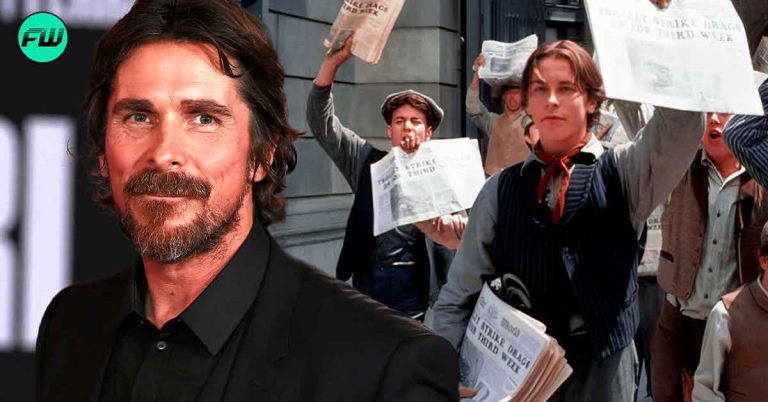The storey of Davy Jones in Pirates of the Caribbean was inspired in part by a clever Blackbeard legend. Billy Nighy’s Davy Jones, first seen in Pirates of the Caribbean: Dead Man’s Chest, is a significant highlight of the series, both for the amazing CGI design and the character’s indulging in pure villainy. Jones’ sad background, on the other hand, was weaved into the plot long before his first appearance, and Pirates of the Caribbean: At World’s End eventually exposed his betrayal of lover and sea goddess Calypso/Tia Dalma.

Screenwriters Ted Elliot and Terry Rossio discussed their varied influences for the series, including Davy Jones and the mythical Flying Dutchman, while discussing the film (via Box Office Mojo). One of these was a song about Blackbeard’s strange technique of recruiting sailors, which was later integrated into At World’s End as “Hoist the Colours.” The writers used their own lyrics to tease the backstory for Jones, inspired by the song’s cryptic message.
Sing a Song of Sixpence

As a key inspiration, Ted Elliot mentions a lengthy examination (via Snopes) at the myth behind “Sing a Song of Sixpence.” When Blackbeard arrived in a port, his men sang this song to inform locals that he was hunting for a crew, according to folklore. Each song held a hidden message about serving Blackbeard, which was hinted at in the first film. Sixpence was allegedly the daily salary sailors received, while “Four and twenty blackbirds/Baked in a pie” represented his strategy of surprise attacks, which involved pretending a need for assistance in order to lure passing vessels into a trap. The writers were dismayed to realise that this was merely a legend.
Flying Dutchman’s Captain

The song is dangerous since it is a rallying cry for fellow pirates, which is exactly what the crew of the Black Pearl wants. Before the film’s finale, while the pirate army prepares for a fight. The song’s lyrics, however, reveal the origin of the Flying Dutchman’s captain, which the heroes of Pirates of the Caribbean were first unaware of. “Every one of the verses tells the storey of Davy Jones and Calypso,” Elliot says. This aspect may go undetected at first, especially with so many storey threads to follow, but the song does truly reflect the pirates’ independence after confining Calypso in human form. The line “The king and his men/Stole the queen from her bed/And bound her in her bones” clearly refers to the first Brethren Court, reminding listeners of the Pirate Lords’ perceived power while also teasing the truth about Jones’ assistance, which ultimately leads to Davy Jones’ octopus-like appearance.
Within the first few minutes of the third film, the song effectively discloses Jones’ past to the audience, demonstrating how much effort went into Gore Verbinski’s trilogy’s narrative. Blackbeard would later reemerge in Pirates of the Caribbean, but as a forgettable villain who recruits crew in a novel way – his daughter Angelica pretends as Jack Sparrow. Instead, “Hoist the Colors” deftly establishes the mystique of the Brethren Court while also subtly addressing Jones’ mysterious past without naming him.











